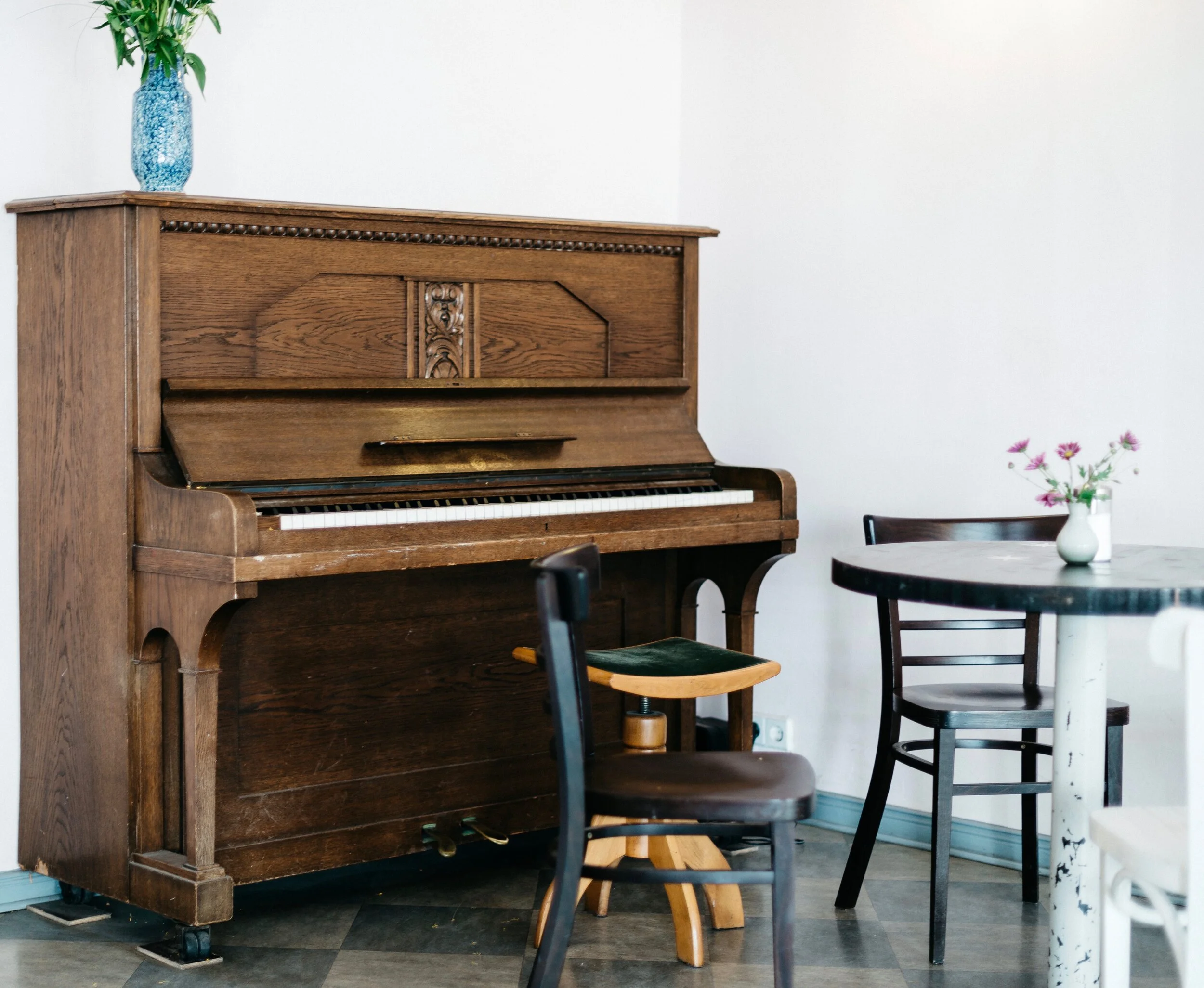Probably not.
Are they cool?
Yes, definitely. Many have beautiful ornate cabinets and interesting early design attributes not seen today. Many carry an interesting provenance and family history.
Are they rare treasures that should be preserved?
Well… some specific models may be rare in the sense that there weren’t many produced to begin with, but overwhelmingly they are not rare. I would estimate (and please comment here if you have another view), that there are still hundreds of thousands of antique full-size upright pianos out there. I think most in the piano industry would agree that by very rare exception, there are virtually no stradivarius like full-size uprights out there of priceless monetary value.
Is there money to be made by restoring and reselling an antique full-size upright?
This part is very subjective, but in my opinion, “not really”.
To do a proper restoration on an old full-size upright will cost in excess of $15,000 or so.
This budget should get you a refinished cabinet, repaired (not replaced) soundboard and bridge, new strings and tuning pins, new action components, and key bushings.
It may be a very cool piece after all is said and done, but the $15,000 - $20,000 full-size upright piano buyer is extremely rare. The real value in restoring one of these instruments would be if the owner has history or connection with the piece and would like the piano restored for their enjoyment without the intention of recouping their investment or reselling.
Is it a travesty to dispose of an old antique upright?




Is buying a piano on ebay a good idea?
Here we go over some of the positive things ebay brings to the table with piano buying as well as some of the dangers purchasing an instrument from the site.